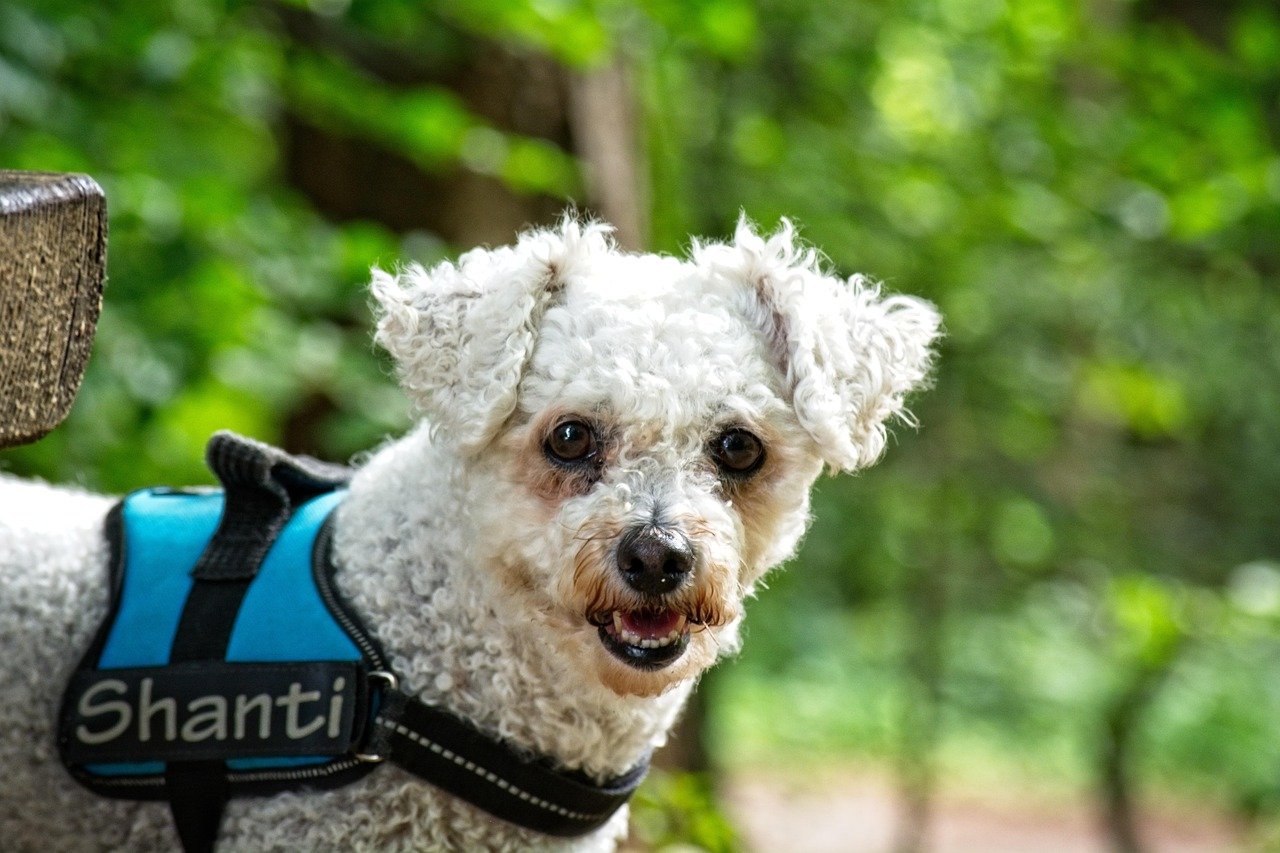Imagine the heart-stopping moment when you realize your beloved dog has slipped away—no jingle of tags, just silence and worry. Every dog lover dreads this scenario, but the good news is, with the right steps, it’s almost always preventable. Dogs rely on us not just for food and belly rubs, but for their safety too. Let’s dive into practical, easy-to-follow strategies that will help you keep your furry best friend exactly where they belong—by your side.
Secure Your Home and Yard Like a Pro

Even the calmest dogs can turn into escape artists if they spot a squirrel or hear a neighbor’s dog. Take a walk around your yard and check for weak spots in fences, like loose boards or gaps underneath. Remember, some dogs are diggers while others can leap surprisingly high, so tailor your fence to your dog’s skills.
Don’t forget about doors and windows. Dogs have been known to nudge open poorly latched gates or squeeze through open windows. Installing locks, self-closing gates, or even baby gates inside can add an extra layer of security, especially if you have kids opening doors in a hurry.
Don’t Skip the Collar and Updated ID Tags

A collar with a current ID tag is your dog’s ticket home if they ever wander off. Make sure the tag includes your phone number and address, and check it regularly for wear and tear. Sometimes, collars get lost or tags fade, so set a reminder to update them whenever you change your contact info.
Choose a collar that fits snugly but not too tight—two fingers should slip underneath easily. For extra peace of mind, consider reflective or brightly colored collars, which make your dog more visible if they get lost, especially at night or in thick brush.
Microchipping: Small Chip, Huge Difference
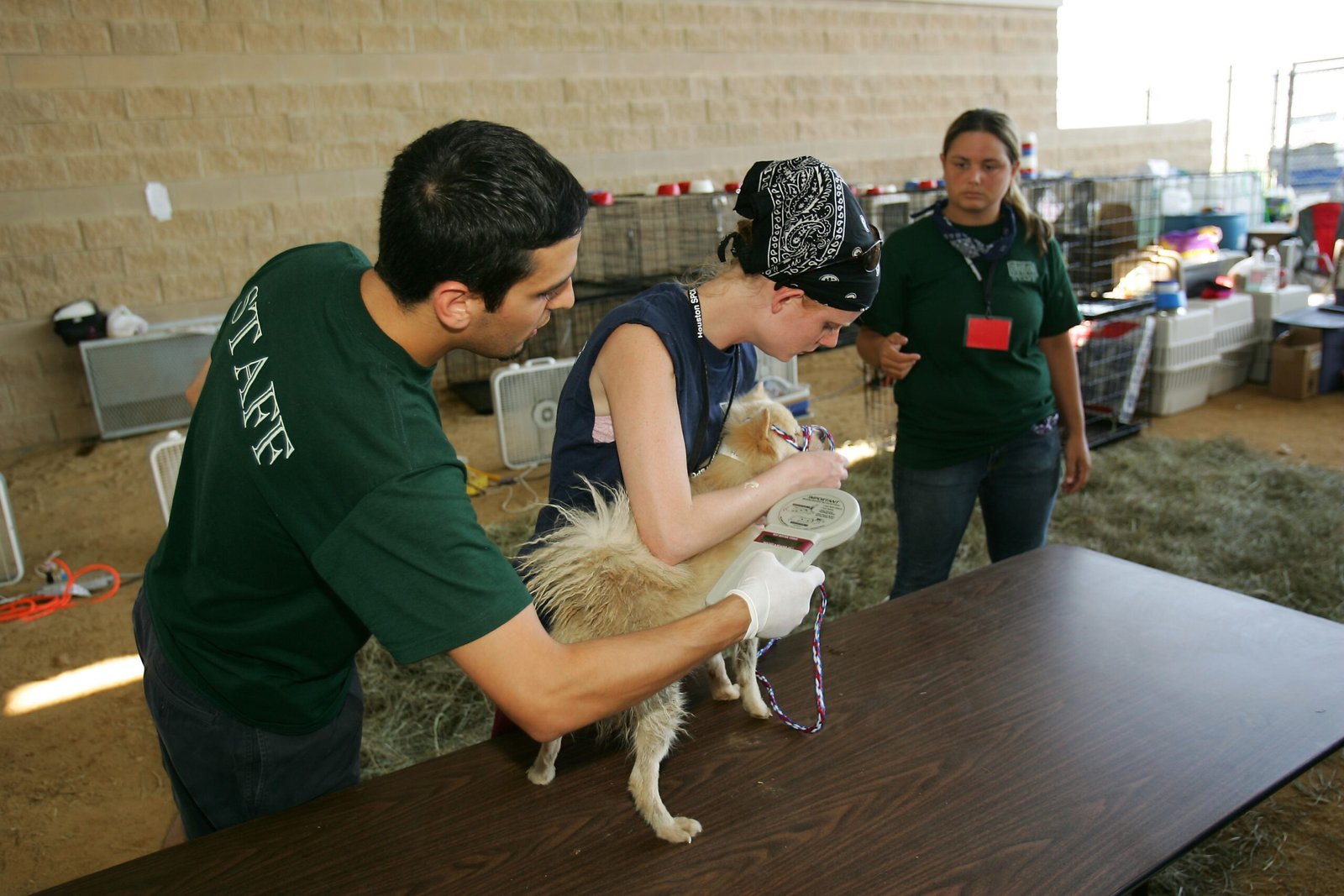
A microchip is like a permanent ID tucked safely under your dog’s skin. It’s quick, painless, and can’t fall off like a collar. If your dog is ever found and taken to a shelter or vet, a simple scan reunites you.
But here’s a crucial point—register the chip with your current contact info and keep it updated whenever you move or change numbers. Many dogs are found with chips but never make it home because the info is outdated. It’s a tiny detail that makes a world of difference.
Leash Skills Matter—Even for the Chill Dogs

Leash training isn’t just for puppies or energetic breeds. Even mellow dogs can bolt if startled or curious. Practice walking calmly on a leash, rewarding your dog for staying by your side and not pulling ahead.
Always use a sturdy leash and never rely solely on retractable types, which can snap or fail to lock. In busy areas or during events, double up with a harness for added security. Think of the leash as your dog’s lifeline to you—it keeps adventures safe and stress-free.
Practice Reliable Recall—Make “Come” a Game
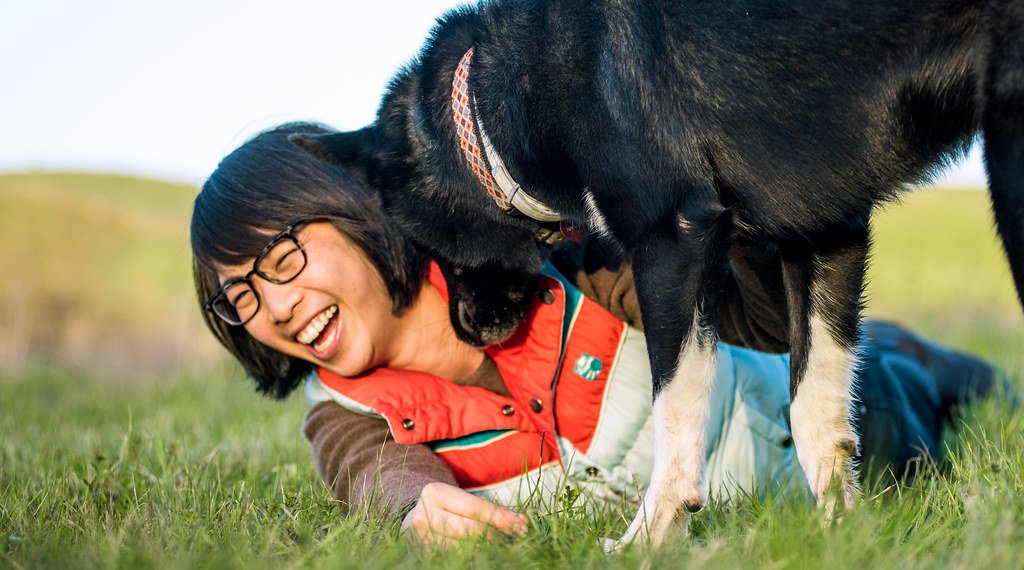
Teaching your dog to come when called can be a lifesaver. Start in a quiet environment with tasty treats or favorite toys, making recall fun and rewarding. Gradually add distractions as your dog gets better, so the command works even when something exciting catches their attention.
Remember, never call your dog to punish them, or they’ll start ignoring you. End every recall with praise, play, or a treat. This habit can stop a runaway dog in their tracks, whether at the park or if they slip out the door.
Understand Your Dog’s Triggers and Anxiety Signs

Some dogs dash off when scared—thunder, fireworks, or even a loud truck can send them running. Others are escape artists when bored or lonely. Pay attention to what unsettles your dog. Pacing, whining, or trying to hide are clues that your dog is anxious.
If you know your dog hates storms or parties, set up a safe, quiet space indoors during those times. For dogs prone to bolting, consider calming aids like snug shirts or background music. Anticipating their needs keeps them safe and reduces the urge to run.
Harness Technology: GPS Trackers and Smart Devices

These days, you can clip a lightweight GPS tracker to your dog’s collar and monitor their location from your phone. Some trackers even send alerts if your dog leaves a set area, so you act fast if they escape.
Smart doors and cameras can also help. A camera lets you check in remotely, while electronic doors can be programmed to only open for your dog, keeping strays—and escape attempts—in check. Technology isn’t a replacement for supervision, but it adds an extra layer of protection.
Stay Vigilant During Walks and Outings
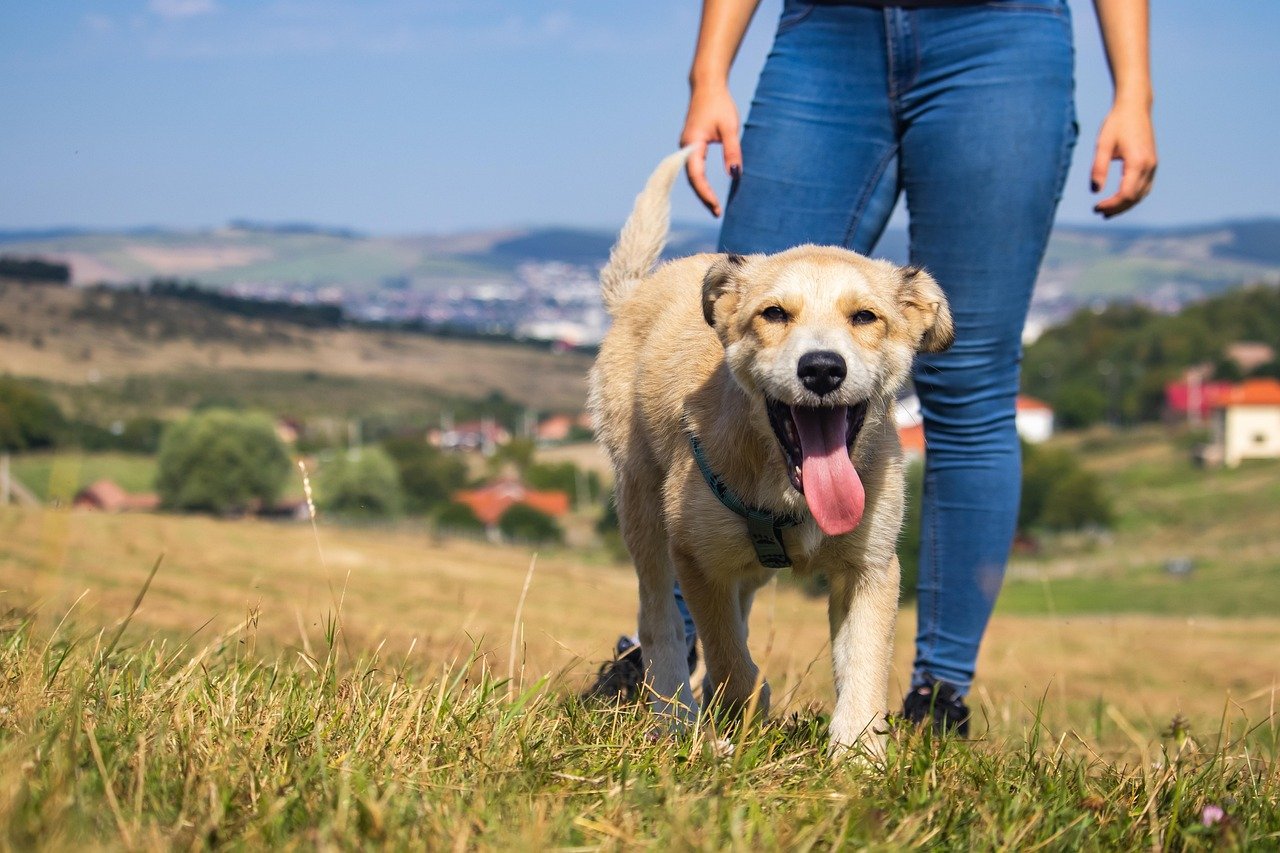
Crowded parks, new trails, or busy streets can be overwhelming for dogs. Always keep an eye out for situations that might spook or distract your dog. Double check harnesses and collars before heading out, and keep a firm grip on the leash.
If you’re traveling or visiting friends, never assume a new yard is escape-proof. Supervise your dog closely until you’re sure it’s safe. A little extra vigilance during outings goes a long way in preventing those heart-dropping moments.
Conclusion
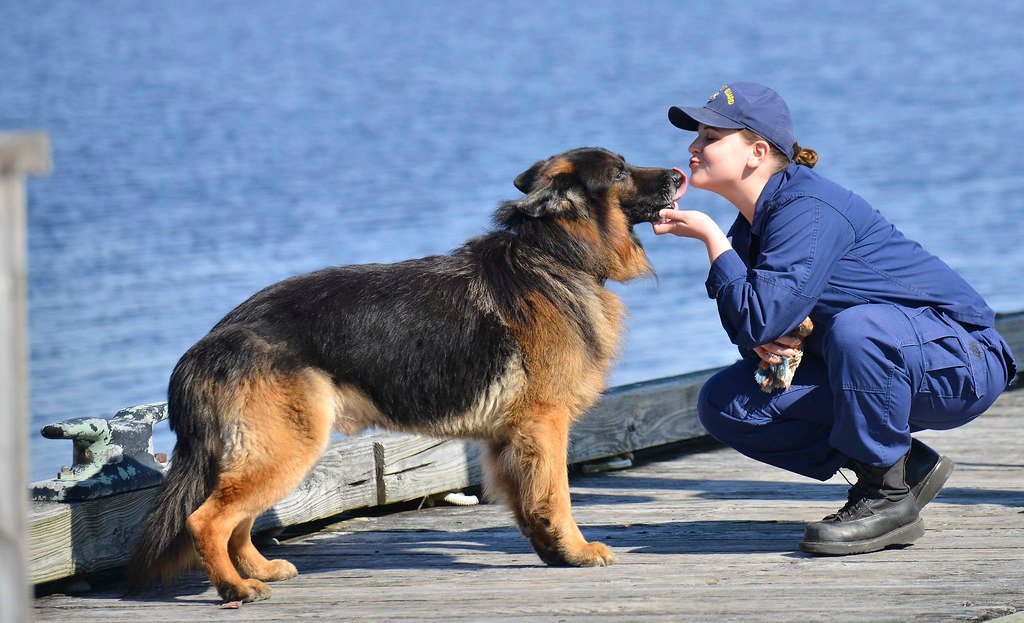
Preventing your dog from getting lost isn’t about paranoia; it’s about love, preparation, and understanding your furry friend’s unique quirks. With a few simple habits and the right tools, you can enjoy every walk, play session, and cuddle knowing your dog is safe—right where they belong.

